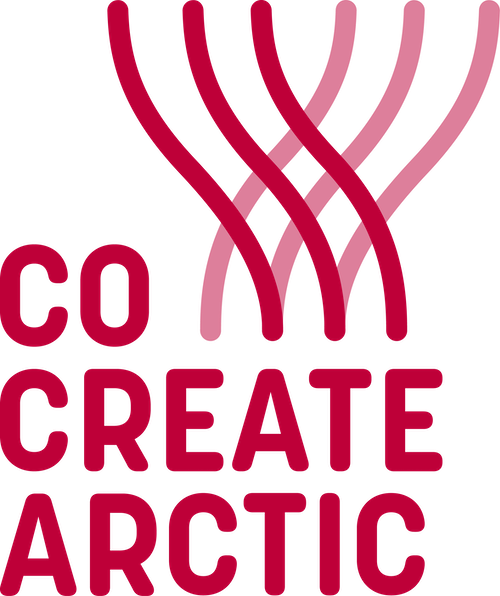Power dynamics, common goals, and ways of knowing
“I believe it is essential to always clarify common goals, be aware of power dynamics, and pay attention to possible disparities between the parties involved.”
What is co-creation, anyway? To better understand the meaning of the term, I would like to look at its two elements, “co” and “creation”, separately.
“Co”, for me, represents the collaborative element of the word. I believe it is essential to always clarify common goals, be aware of power dynamics, and pay attention to possible disparities between the parties involved. When thinking about my own role as a white, non-Indigenous person with an East German background in the context of co-creative processes, I draw inspiration from Lilla Watson, a Murri visual artist, activist, and academic, who says: “If you have come to help me, you are wasting your time. But if you have come, because your liberation is bound up with mine, then let us work together.” (Cited in Chin 2016)
The “creation” part of the word is something that I bring together with different ways of knowing, and I believe that there is a need for better acknowledging the various ‘places’ where knowledges reside. To explain this better, I brought an excerpt from Kae Tempest’s book “On Connection” (Tempest 2020), who is an English spoken word performer, musician, and poet. Here, they explain the concept of “creativity”, which resonates well with how I think about “creation”. Tempest asks us to become aware of the many ways of being creative, ways that appear mundane at the outset, such as dressing well or painting a windowsill, but that are just as creative as art-making. Tempest broadens our understanding of who is able to engage in creative work (everyone), how this can happen (in any form and modality), and where it can unfold (anywhere), which I believe is just as true for ‘creation’.
Consequently, co-creative research, for me, is about becoming aware of what it is we want to achieve on a personal and a professional level, being able to recognize and acknowledge different ways of knowing, and finding novel and just practices of working together.
References:
Chin, Elizabeth. 2016. “Collaboration: Deviation.” Society for Cultural Anthropology, Collaboration, , October. https://culanth.org/fieldsights/collaboration-deviation.
Tempest, Kae. 2020. On Connection: “Powerful” MATT HAIG. Main Edition. London: Faber & Faber.


